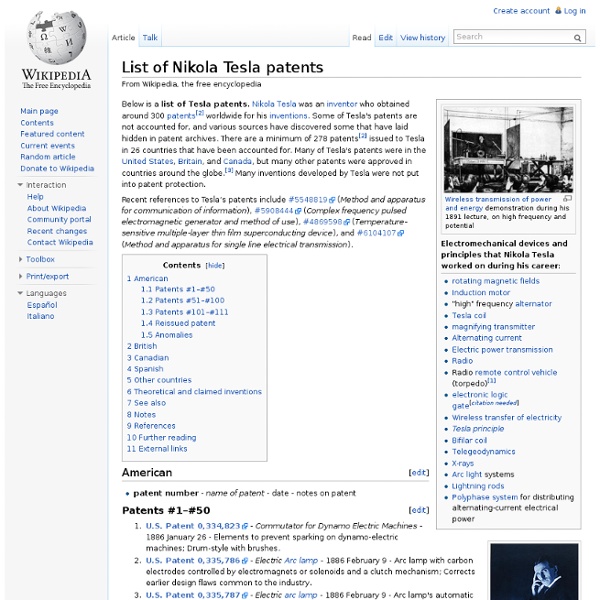



Tesla Coil Design, Construction and Operation Guide The by Kevin Wilson In conjunction with TeslaMap - Tesla Coil Design Program © 2009-2015 by Kevin Wilson Introduction Welcome to the Tesla Coil Design, Construction and Operation Guide. Design The guide will begin with a basic introduction to Tesla coils, how they operate and how to properly design one. Construction This section will guide you through the process of Tesla coil construction. Operation Finally, I'll explain how to set-up and adjust your Tesla coil for safe operation and maximum efficiency. This guide is intended for anyone with basic to advanced experience with electronics, some free time and a desire to create their own lightning. This guide was written to be used in conjunction with the TeslaMap program. Through the guide I use this type of area for information that is potentially dangerous. Through the guide I use this type of area for information that can help you avoid common mistakes. Good luck building your Tesla coils! Pesky Advertisement I apologize for this annoying ad.
ניקולה טסלה ניקולה טסלה (בסרבית: Никола Тесла; 10 ביולי 1856 - 7 בינואר 1943) היה פיזיקאי, מהנדס חשמל וממציא אמריקאי ממוצא סרבי. טסלה נחשב בעיני רבים כאחד מגדולי הממציאים בכל הזמנים וגדול מהנדסי החשמל, בארצות הברית כונה "הקוסם מהמערב". על שמו קרויה יחידת המדידה טסלה, המסומנת באות T - יחידה סטנדרטית למדידת עוצמת שדה מגנטי לפי מערכת יחידות המידה SI. טסלה חקר והמציא בהמשך שיטה לשידור גלי רדיו, שהייתה מעין המשך של רעיון השנאי. ביום השנה ה-150 ללידתו, 10 ביולי 2006, נקרא נמל התעופה הבינלאומי בלגרד על שמו של טסלה. חייו[עריכת קוד מקור | עריכה] טסלה החל את עבודתו בשנת 1881 כמפעיל טלגרף בבודפשט, שם המציא מתקן שאיפשר רישום אוטומטי של אותות המורס שנקלטו. טסלה עזב בזעם את חברתו של אדיסון וחבר לתעשיין ג'ורג' וסטינגהאוס על מנת לקדם את טכניקת זרם החילופין, אותו הציע טסלה. הפטנט של טסלה על שידורי רדיו נרשם ב-1900 במשרד הפטנטים האמריקאי. מהמצאותיו[עריכת קוד מקור | עריכה] מערכת שלושה-שלבים עם שדה מגטי לפי המצאתו של טסלה טסלה המציא את גנרטור זרם החילופין שפועל בשיטת ה"השראה" (יצירת זרם חשמלי או מגנטי ללא מגע ישיר).
View topic - inductive copper chembuster build :) - Forum for Orgonite and Tactical Orgone Gifting, How to make Cloud Busters (CBs), HHGs, and Succor Punches. Orgonite gifters, HAARP, Tesla, and Radionics discussion. Warrior Matrix. You've got me right Pickle. I've seen two positive point DT as well and 2 negative point DT too. Some switch side after cleansing, some not. The layout I've check over that picture, wasn't properly align. And I am happy to see it seems to not matter as much for the efficiency of the device. In my experiences, crystal grid layout really need to be properly align to work correctly. Actually, 3 rod take IN DOR, 3 rod put OUT POR. But the thing I know for sure, CB crystal are put into the pipe and use resonant cavity to amplify crystals function. I find it interesting to see "mini" CB making the job done. Jourdelune_________________Cosmic Coil